Hi Readers: Marginal weather is a subject which has bugged pilots for years, and has been the cause of many aircraft accidents - many fatal. Airline pilots, if given marginal weather conditions, automatically expect IFR conditions to follow, and of course they file IFR flight plans anyway. To the GA pilot, marginal weather, depending on the pilot's ratings, experience, and proficiency, is a matter to be dealt with on an individual basis. Too often the GA pilot fools himself by deciding the weather, deteriorating, will get better ahead.
Unless we have divine powers or a degree in meteorology or Aerology, we should not attempt to outguess the weather. Let's let the weather man - briefer, forecaster, or whatever name he goes by, handle the weather for us, X-C or local flight. We should listen closely to his words and ask the routine and difficult questions. As pilots, however, that still does not absolve us of not knowing what VFR, marginal weather, and IFR are and their differences. And the flight, local or X-C, is ours to plan and execute safely.
So marginal weather conditions are somewhere between VFR and IFR - let's get specific.
The FAA defines the term as ceiling 1,000' to 3,000' (AGL), and visibility 3 to 5 miles - interpreted as flight visibility (How expert are we in estimating visibility?). So marginal weather is just beyond VFR and that's usually where the problems start. Unless we are IFR qualified, we should immediately question our ability to continue with our flight plan (if we have one) or alter our course and revise our flight plan. Let's ask ourselves, do we honestly believe, knowing our capabilities, that we should continue the flight.
The National Weather Service, and other weather facilities, stand ready to assist us in our preflight preparations and flight planning, but do not define marginal weather or make decisions with respect to marginal weather. There can be a briefing for the flight, a forecast for the route of flight, or weather advisories. Readily available is METAR, FA (Area forecasts which give MVFR (Marginal VFR) reports for areas of 3,000 Sq miles at any one time, SIGMETS (4 hour period), and AIRMETS (6 hour period). TIBS ( area and route briefings) can be used, but is not considered a substitute for briefings by a weather Specialist (Call 1-800-WX BRIEF). Then there is also AWOS (Automatic Weather Observing System) at most airports, transmitted on a discrete VHF radio frequency - these airports listed in the FAA Airport Facility Directory.
There is a fine line between VFR, MVFR, and IFR conditions due to weather phenomenon such as low-level, layered clouds (associated or not associated with weather fronts) changing ceilings and visibilities with the advent of fog, dust, or haze conditions, even to the point of sky obscuration.
Most aircraft accidents relating to low ceilings and visibilities (flying into marginal weather) are the result of somewhat inactive pilots who are not qualified for IFR flight and, more often than not, attempt flight by visual reference into deteriorating weather conditions. Losing the visual horizon, they are immediately at risk to experience vertigo. If flying by reference to instruments is not accomplished immediately, control of the aircraft may be lost. Continued flight into adverse weather (marginal conditions) is the single cause of the greatest number of fatal accidents.
The best advice is to be aware of, and on the alert for, weather phenomena that may produce marginal VFR and IFR conditions. Above all, pilots should be honest with respect to their capabilities. Can I handle this weather? If not, do a 180 degree turn or change course or altitude immediately - don't wait. Get back to VFR conditions. There will always be another time - perhaps additional proficiency time.
Thanks for listening. R.S.
Sunday, January 20, 2008
What Is Marginal Weather?
Labels:
AIRMET,
FAA,
IFR,
Marginal weather,
METAR,
SIGMET,
vertigo,
VFR flying,
visual reference
Subscribe to:
Post Comments (Atom)

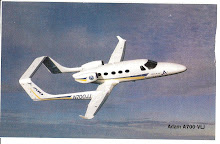

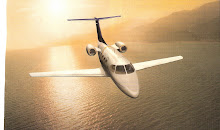


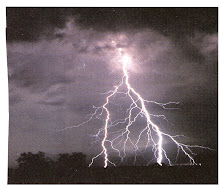

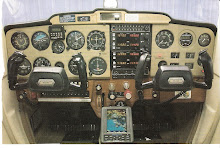
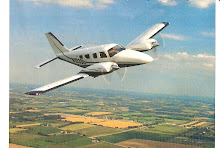
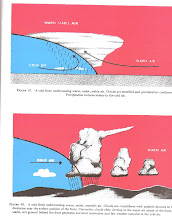
No comments:
Post a Comment